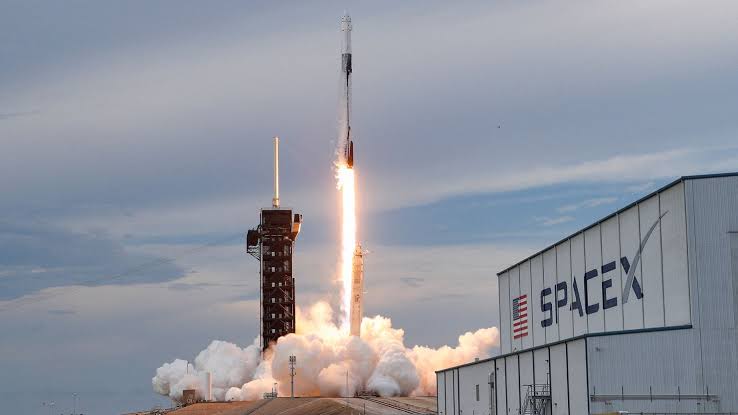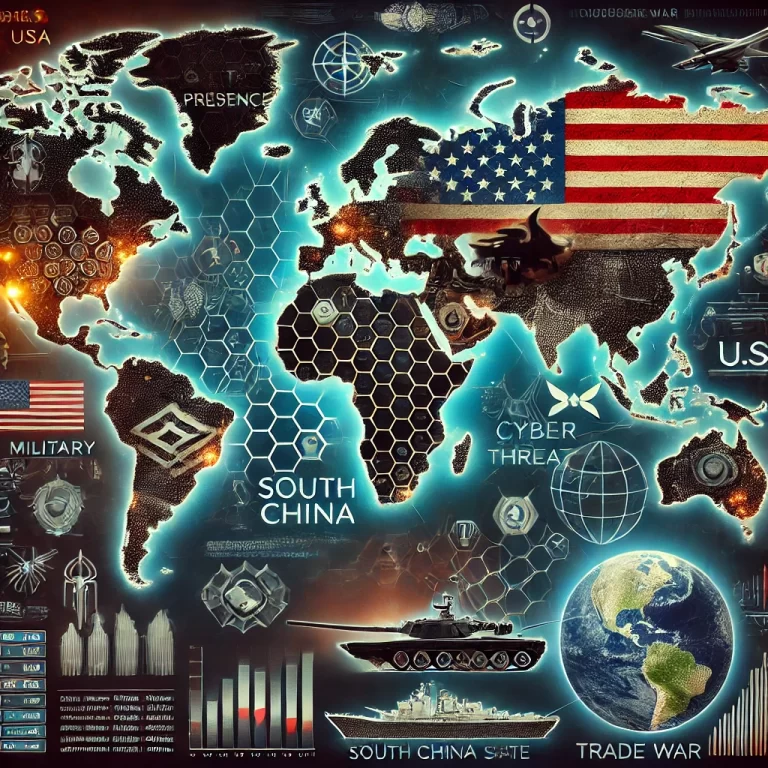
SpaceX Catches Starship Rocket Booster Back at the Launch Pad
In a landmark moment for aerospace technology, SpaceX has successfully caught its Starship rocket booster back at the launch pad, marking a critical advance in the company’s mission to revolutionise space travel through full rocket reusability. The event took place at SpaceX’s Starbase facility in Boca Chica, Texas, on 12 October 2024, and represents the first time a Super Heavy booster has been caught on Earth rather than landing on an offshore platform. This breakthrough is expected to dramatically reduce the cost and turnaround time for space missions, a crucial step towards SpaceX’s goal of making interplanetary travel a reality.
A Major Leap for Rocket Reusability
The Starship system, comprising the Super Heavy booster and the Starship spacecraft, is central to SpaceX’s plans for future missions to the Moon, Mars, and beyond. The Super Heavy booster, which provides the initial thrust required to launch the spacecraft into orbit, is key to these ambitions. Traditionally, rocket boosters are discarded after use, or in SpaceX’s case, recovered and reused. This mission, however, introduced a new level of sophistication. Instead of landing on a platform, the booster was caught by SpaceX’s innovative “Mechazilla” tower, a technology designed to make reusability quicker and more efficient.
The Super Heavy booster, standing 69 metres tall and generating over 16 million pounds of thrust, successfully returned to the launch pad after propelling the Starship spacecraft into orbit. Following the event, SpaceX CEO Elon Musk tweeted: “First ever catch of Super Heavy booster at the launch pad. This will revolutionise our turnaround time and make daily space flights possible” (@elonmusk, 12 October 2024). Musk has long emphasised that full reusability is key to affordable space travel, stating in a 2020 presentation, “Making spaceflight affordable and sustainable is essential for turning humanity into a multi-planetary species.”
The Mechazilla Tower: Engineering Brilliance
The “Mechazilla” tower represents a significant engineering accomplishment, designed to catch the Super Heavy booster mid-flight. By eliminating the need for landing legs, it reduces the risks associated with landing on unstable surfaces. The 140-metre-tall tower is equipped with two massive mechanical arms, which clamp onto the booster as it descends. This catch-and-release system, tested extensively in simulations, was put into practice during the October flight. As the booster neared the pad, the arms closed around it, bringing it safely to rest. The precision required for this manoeuvre is remarkable, with SpaceX engineers describing it as “the most complex reusability effort ever attempted”.
The success of this system is expected to yield significant operational advantages. By avoiding the need for landing infrastructure such as pads or drone ships, SpaceX can streamline its recovery process, enabling quicker turnaround times and reducing overall mission costs. The booster’s catch also eliminates the weight of landing gear, allowing for a greater payload capacity. This breakthrough, Musk has said, could help SpaceX achieve “several launches per day” in the near future.
Implications for Future Space Travel
This achievement brings SpaceX closer to its goal of reducing the cost of space travel by a factor of 100—a target Musk outlined in a 2024 CNBC interview. Reusable rocket boosters are expected to drastically lower the cost of sending payloads into orbit, which could have profound implications for both space exploration and commercial ventures.
NASA has already contracted SpaceX’s Starship system to be part of its Artemis programme, aimed at returning humans to the Moon by 2025. The $2.9 billion contract, awarded in April 2021, will see SpaceX build a lunar lander version of Starship. The successful catch of the Super Heavy booster will likely accelerate preparations for this mission, as the booster’s reusability is expected to reduce overall costs significantly.
The implications extend beyond government contracts. If SpaceX can maintain and improve this capability, it could disrupt the commercial satellite launch industry. Cheaper, reusable rockets may reduce launch costs for SpaceX’s commercial customers, from telecommunications companies to scientific research institutions, potentially opening space access to a wider range of industries.
Industry Reactions and Skepticism
While SpaceX’s successful booster catch has garnered widespread praise, some in the aerospace community remain sceptical. A leading analyst at Aerospace News Network commented, “Although this is a significant step for reusability, the complexity of the Mechazilla system introduces potential risks. Precision is paramount, and any failure could cause significant damage to the booster or the tower itself” (13 October 2024). Critics have also raised concerns about environmental factors, such as high winds or mechanical malfunctions, which could complicate future catches.
High winds, for instance, can disrupt the rocket’s descent and alter its trajectory. Although SpaceX uses advanced stabilisation systems, gusts near the landing site could affect the flight path. A 2023 NASA study found that winds exceeding 15 to 20 knots (28 to 37 km/h) can significantly impact the precision of reusable rocket landings. Any deviation caused by wind could result in the booster missing the tower’s arms, leading to a crash or structural damage.
Mechanical malfunctions are another concern due to the complexity of the Mechazilla system. The tower’s mechanical arms rely on multiple components that must function in perfect synchrony. Failures in sensors, hydraulics, or software could result in misalignment. A 2022 SpaceX report noted that even minor issues with the rocket’s control systems can affect landing accuracy. While SpaceX has worked to address these risks through extensive testing, hardware reliability remains crucial for future missions.
These challenges underscore the importance of addressing both environmental and technical factors as SpaceX refines its system for regular operations.
However, many in the industry remain optimistic about the long-term potential of SpaceX’s innovations. NASA Administrator Bill Nelson praised the achievement, stating, “This kind of innovation is critical for making space more accessible and affordable for all. SpaceX continues to push the boundaries of what’s possible, and we are eager to see where it leads” (NASA.gov, 2 October 2024).
Conclusion
SpaceX’s successful catch of the Super Heavy booster marks a major milestone in the ongoing effort to make space exploration more sustainable and cost-effective. By pushing the boundaries of rocket reusability, SpaceX is not only advancing its own ambitious goals for Mars colonisation but also reshaping the global space industry. The ability to catch and reuse rocket boosters repeatedly is likely to reduce costs, increase launch frequency, and make space travel more accessible to commercial and scientific enterprises alike.
Though challenges remain, this achievement highlights SpaceX’s determination to lead the space race into a new era of affordability and efficiency. As the company continues to refine its technology, the dream of routine, affordable space travel moves ever closer to reality. Humanity’s journey to the stars now seems more achievable than ever before.
Aric Jabari is a Fellow, and the Editorial Director at the Sixteenth Council.



